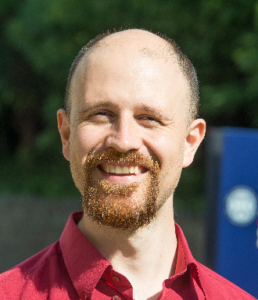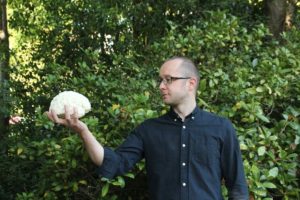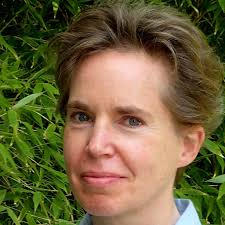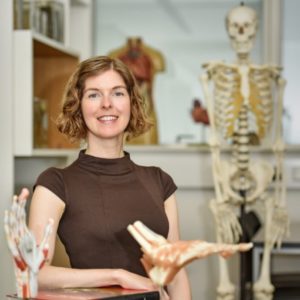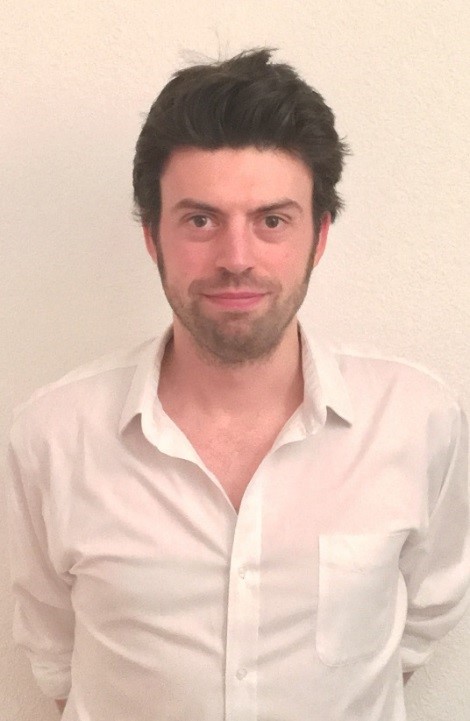
Lecturer in Mathematics and Statistics
School of Mathematics and Statistics, University of St Andrews
http://www.mcs.st-and.ac.uk/ jmf32/
Tel: +44 (0)1334 463754 jmf32@st-andrews.ac.uk
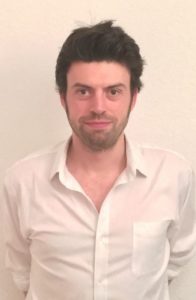
I am a Pure Mathematician and Lecturer at the University of St Andrews. My research interests centre on Fractal Geometry and aspects of Dynamical Systems. I participated in the 2017 Scottish Crucible and was apparently the first Pure Mathematician on the programme! This was an excellent opportunity to meet researchers from across Scotland in a unique and stimulating environment. It also helped me to put my work and role as an academic in a wider context, both within the Scottish scientific landscape and the more general interplay between government, industry and academia. The range of activities and presenters was impressive and the other 29 participants constituted an interesting and diverse group of young, motivated researchers.
During the Crucible programme I began collaborating with two groups of fellow participants, both of which have led on to broader research projects. The first project, which is in collaboration with Alice Toniolo (St Andrews), Lucas Richert (Strathclyde), Yong-Sung Park (Dundee) and Chiara Bernardi (Stirling), is investigating formal analogies between communication breakdown and singularities in fluid dynamics. The second project, together with Heidi Burdett (Heriot-Watt) and Craig McKenzie (Dundee), is using fractal analysis to study growth patterns in maerl beds via high resolution imaging. I can definitively state that both of these projects would never have happened without the Scottish Crucible. The opportunity to collaborate with people outside my research area – and even outside Mathematics – has been valuable and eye-opening to say the least!
Shortly after the 2017 programme ended I was awarded, as PI, a Standard Grant from the EPSRC for a project entitled Fourier Analytic Techniques in Geometry and Analysis (fEC £420,153). This project considers the Fourier transform of measures and will investigate links between decay of the Fourier transform and geometric properties of the measure. The utility of the Fourier transform stems from Joseph Fourier’s breakthrough idea in the early 1800s that certain functions can be written as an infinite sum of simple ‘wave-like functions’. Such a decomposition is now known as a “Fourier series”, and has had wide-ranging applications across science. The Fourier transform measures the amplitudes of the waves in the Fourier series, and the decay rate of the Fourier transform is therefore a measure of “smoothness”.
